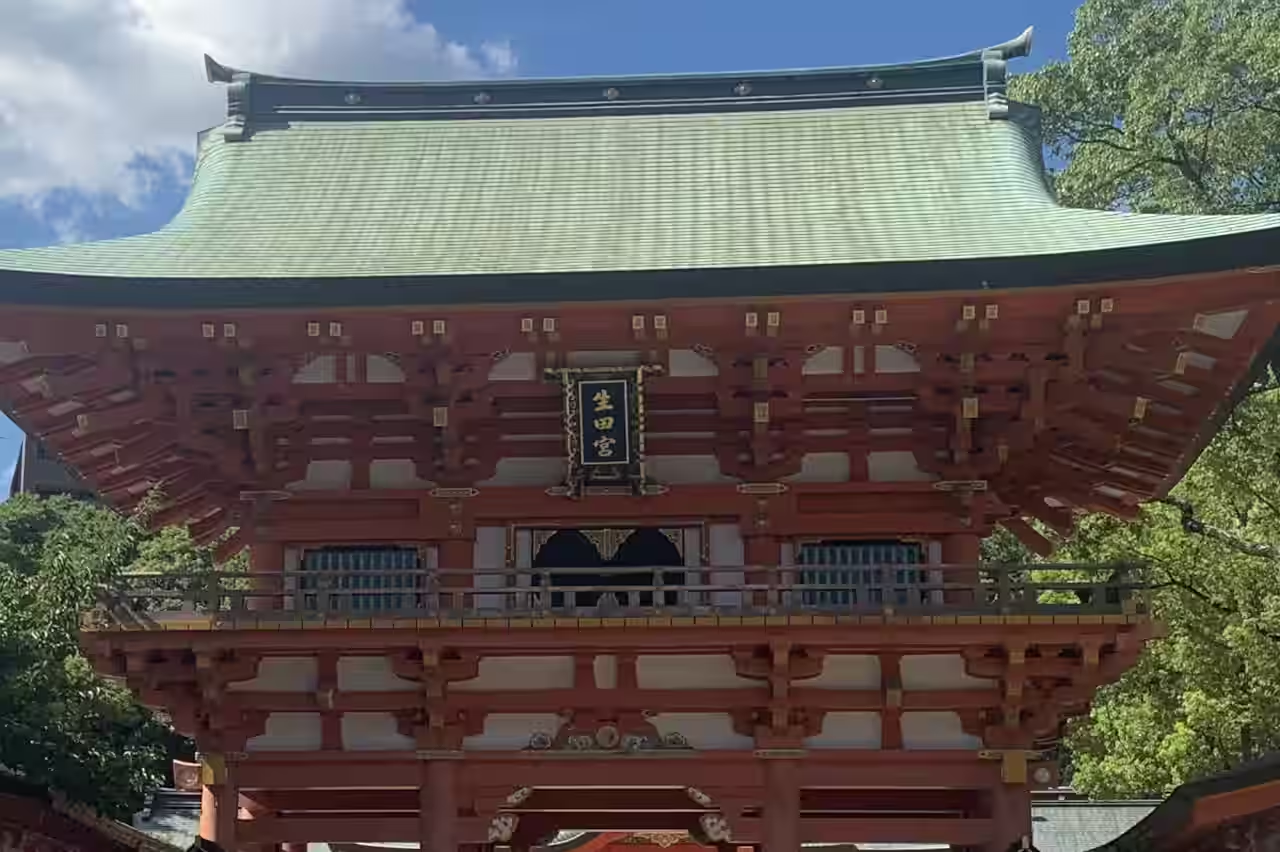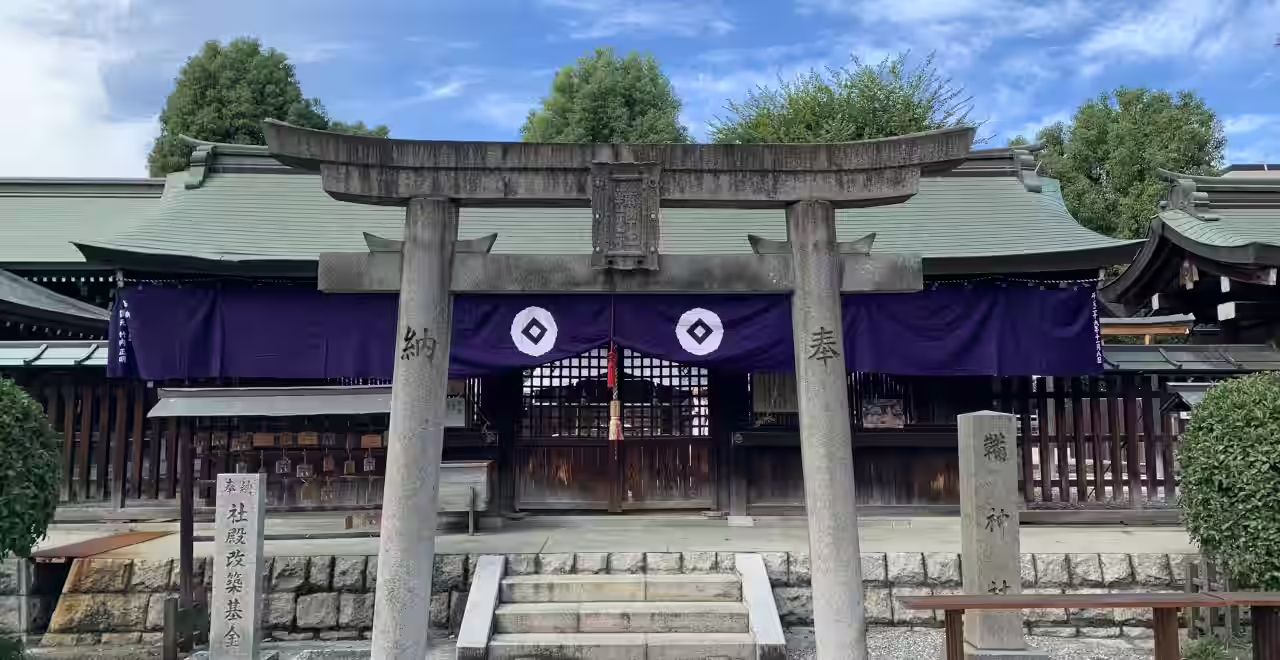While strolling around the back of the Ikuta Shrine in Kobe, I came across a mound of cooking knives - a large rectangular stone adorned with a golden-colored concrete hemisphere featuring a white knife mark on top. I found it a bit peculiar - why a grave for kitchen knives?
Growing up with anime adaptations of ancient tales on TV, I became familiar with folktales often centered around natural mysticism. However, the concept of constructing a grave for cooking knives in the 1990s—considering that knives are non-organic, man-made, and mostly mass-produced—goes beyond my imagination. I never would have thought people would create something like this.
It may be a mere coincidence, though. The grave was constructed in 1993, a couple of years after Japan's bubble economy burst, plunging the country into a decades-long recession. Those directly impacted by the recession in the food service industry might have feared being haunted by the "ghosts" of knives and felt compelled to take action. Still, it remains difficult to fully understand.
Each stone around the mound bears the engraved names of donors, including institutions such as local culinary associations, culinary schools, and culinary chef job agencies. The widespread support for this monument reflects the seriousness of their intent.
There is an ancient Japanese belief in the Gods of Yaoyorozu, the deities enshrined in Shinto. Yaoyorozu, literally meaning "eight million," symbolizes the countless gods believed to reside in every natural phenomenon, from the sun and moon to the wind, mountains, rivers, trees, rocks, and even dirt, as documented in the eighth-century chronicle Nihon Shoki.
From the belief in Yaoyorozu, the perception of animals as beings with human attributes emerged. Dating back to the late Heian period in the 12th century, the national treasure of the painted handscroll called "Choju-giga" depicts wild animals such as rabbits, monkeys, and frogs engaging in activities that resemble human behavior, such as playing in the water, shooting arrows, and sumo wrestling. It can be considered the origin of anthropomorphism and anime.
In traditional Japanese craftsmanship, there exists a concept of imbuing life into objects. Just as a sword embodies the soul of a Samurai, a knife serves as the soul of a chef. With a deity in everything, this monument may symbolize a continuation of that tradition and a prayer for the souls of knives discarded after fulfilling their purpose.
